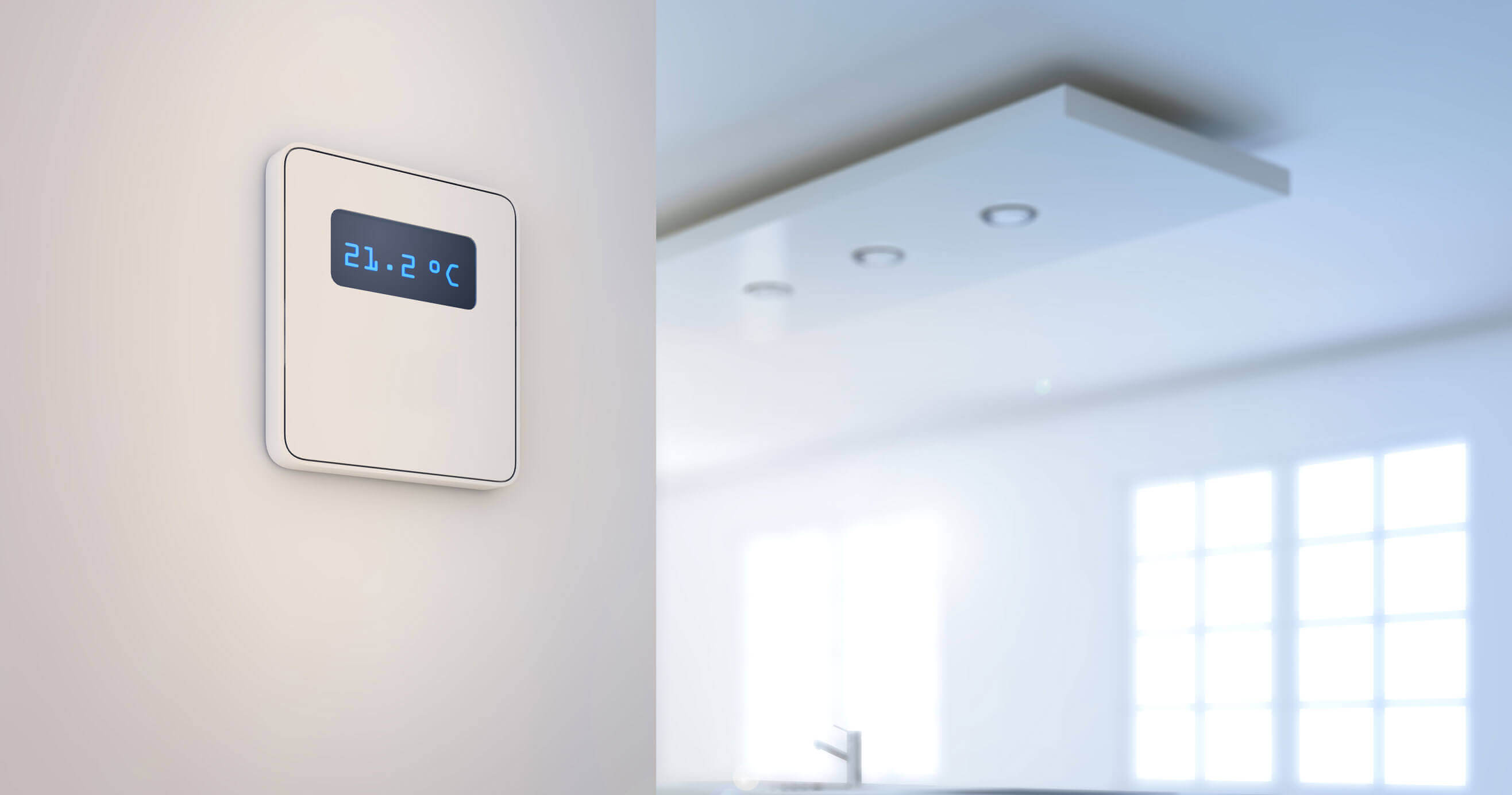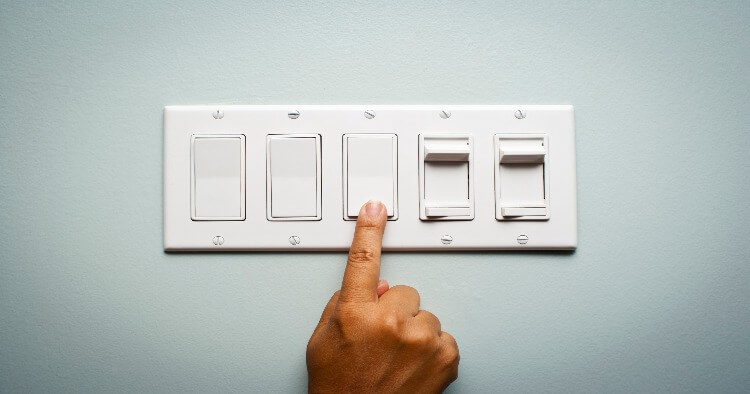Homeowner's guide to understanding a Circuit Breaker Panel

Understanding your circuit breaker is a must-know for any homeowner, as it supplies the electricity you need to cook, brighten your home and charge your electronics.
Here's what you need to know when deciphering your circuit breaker panel:
Why is it important?
Your breaker panel is essentially a large switch that controls the power to your home, and it's filled with several sub-switches that connect to specific areas of the house. These separate wiring circuits power the lights, outlets and various appliances. They are also designed with important safety features, such as preventing your home from a power overload.
Electricity supplied by your utility company's line flows through your electrical meter, and then into the main breaker panel. Homeowners typically need only to access their circuit breaker panels when performing electrical repairs or turning the electricity back on when there's a power trip. Panels are usually located in garages or utility rooms.
What are you looking at?
Opening your breaker panel door can be a tad overwhelming if you don't understand the seemingly endless wires and switches. Here are the main parts you should know:
Dead front cover:
This is the flat metal panel you see when you open the breaker panel door. It has cutouts for access to the breakers, so you shouldn't need to remove this cover for common household uses.
Main breaker:
This is the leader of the breakers, serving as the on-off switch for your entire home. When the main breaker is in the “off” position, no electricity will flow to other circuits. In emergencies, you can manually turn off the power by simply flipping the switch.
Circuits:
Forming two rows, these smaller breakers control specific zones, rooms, outlets and appliances throughout your home. You can manually flip these switches to the “on” or “off” positions. When a breaker trips, the lever will automatically move to a position in between on and off. Switch it back to the “on” position to restore the power.
Empty circuit slots:
These spaces are there in case you need additional circuits in the future.
Arc Fault Circuit Interrupters:
Also known as AFCIs, these are small breakers that are designed to help prevent fires.
Bus bars:
The two rows of circuit breakers connect to hot bus bars, which is where the electricity flows from the main breaker to the branch circuits. You'll also see a neutral bus bar, which is where the neutral circuit wires connect. The electric current leaves the panel through the circuit hot wires and hot bus bar; reaches the electrical device, such as lightbulbs, appliances or outlets; and then returns to the panel through the neutral bus bar.
Anything else?
If you're looking at your circuit breaker panel, it's likely because you're experiencing electrical issues or starting a new do-it-yourself project. That's why we're leaving you with some safety reminders before you get going:
- Flip the circuit switches on and off to test the areas of your home that they control. Label the circuits for future reference, as it makes life easy when resetting the power in the dark or turning the electricity off before starting DIY projects.
- Work with dry hands and surfaces.
- Avoid repeatedly resetting a breaker. If it doesn't work, it may be overloaded, and you'll need to call an electrician for help.
- Review these electrical troubleshooting tips before getting started.
- Follow this important electrical DIY safety advice.
- Don't work in unfamiliar territory.
When in doubt, call an electrician!
Being prepared before electrical repair issues arise is always a good strategy. Plans from HomeServe can help with the costs of covered repairs. See what plans are available in your area.


